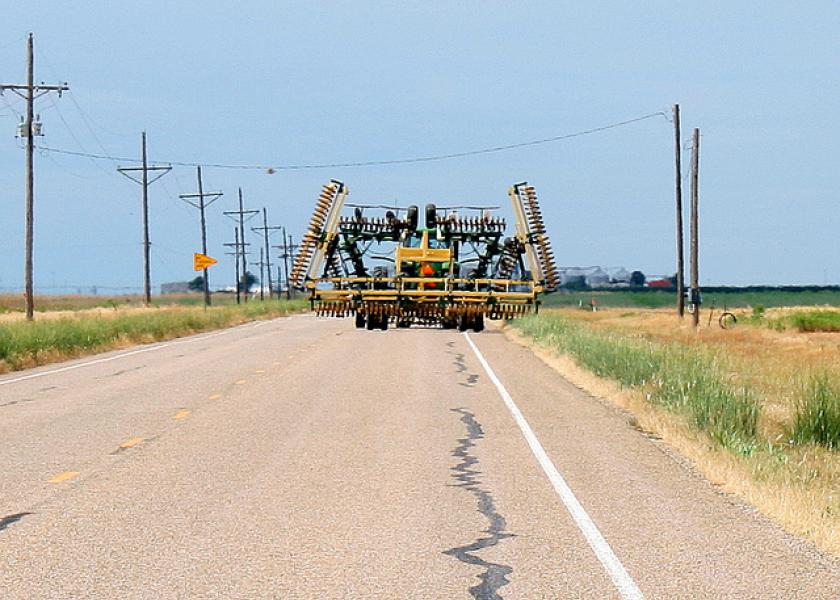Smooth Criminal: 3 Targets Thieves Look for on Your Farm

We like to think of rural areas and farm country as safe places to live. That may be the case, but rural America is still a location where crime can take place, with the types of crime more unique to the area, according to Austin Kings, rural crimes investigator for Missouri Highway Patrol.
Kings takes a look at how a criminal might view your farm and home—what criminals see that producers don’t, and how producers can prevent becoming a target for farm crime.
The main farm crime targets
1. Heavy equipment
While small tools, like generators and cutting torches, are intriguing all year-round to people on the wrong side of the law, King says heavy equipment has peak crime times.
“During the holiday seasons, thieves look for skid steers, side-by-sides, four wheelers and lawnmowers. It becomes worse during the weekends before and after a holiday,” he says.
2. Copper
Thieves like to take copper from farm buildings and abandoned houses. However, King says pivot irrigation systems are their go-to when copper prices go up.
“Irrigation systems, particularly the motors, are often hit in the middle of the night. If there’s a tall field of corn with a pivot system, they can be out there wrenching on the motor all night and nobody will ever see them,” he says.
3. Catalytic converters
There are three precious metals contained within a catalytic converter. These metals, coupled with their market prices, make them a hot commodity for theft in farm country, according to Kings.
“Typically, a farm truck, or something that sits higher off the ground, is an easy target for catalytic converter theft,” says King. “F350 vans and trucks are vehicles they seek out because they’re easier to access and they have a high amount of metal in the catalytic converters.”
How to prevent farm theft
1. "Light it up, lock it up, put a camera on it.”
Most equipment starts with a single key and can be easily hotwired. With this in mind, Verisk, formerly known as the National Equipment Registry (NER), suggests anchoring and immobilizing equipment through various avenues, including:
• A chain or cable painted a bright color
• Tire, wire or battery removal
• Lowering all blades or buckets
• Disabling or removing a hitch
"There are so many battery-powered camera systems and solar-powered lights available that you can put a motion camera or sensor light just about anywhere," says Kings. "Light really does deter people because they start thinking there's a camera. Light is a good place to start."
2. Record serial numbers
Founded in 2001 to address equipment theft, Verisk connects insurers, equipment owners and law enforcement to recover stolen equipment. With serial numbers in tow, victims can take advantage of Verisk's reporting hotline, database and theft alerts.
Verisk also distributes flyers during the holiday seasons to remind owners how to best protect themselves from theft, and to link victims to their stolen equipment.







